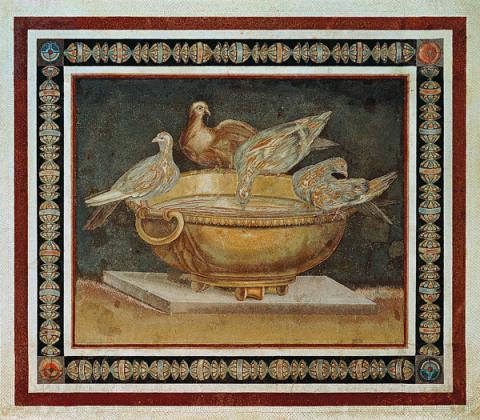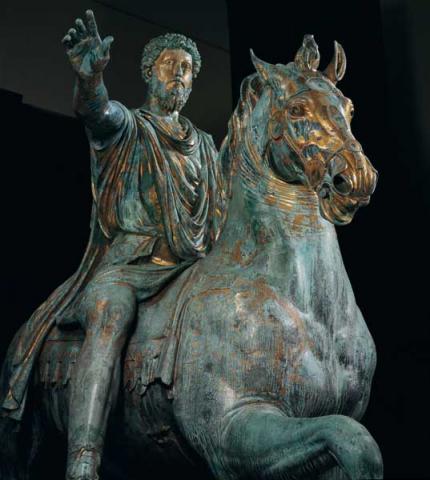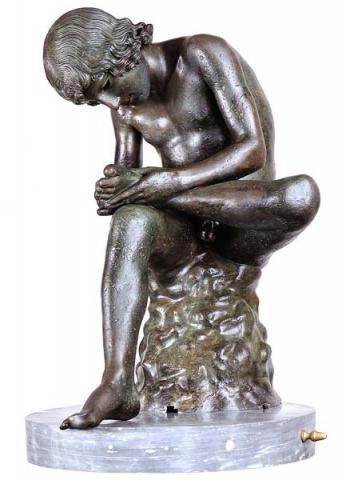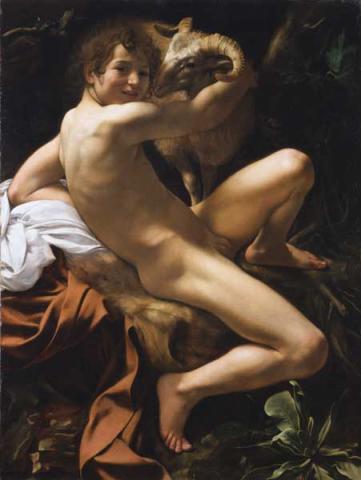20th century
The collections were re-arranged by Rodolfo Lanciani at the beginning of the XX century, and following by more drastic intervention in 1925, when the Mussolini Museum (subsequently the Museo Nuovo) was set up in the newly-acquired Palazzo Caffarelli. It was there that works of sculpture which had previously been housed in the Antiquarium on the Caelian Hill, hitherto reserved for the so-called "minor arts", were moved.

In 1952 additional exhibition space, known as the Braccio Nuovo (New Wing), was created in a wing of Palazzo dei Conservatori.
In 1957, the Musei Capitolini' Junction Gallery was opened on occasion of the Third International Greek and Latin Epigraphy Congress. Built between 1939-41 to join the Capitoline buildings together, it became home to about 1,400 ancient Latin and Greek inscriptions, mostly originating from rooms in the city council's Antiquarium on the Caelian HIll, and in part from the Musei Capitolini themselves.
Serious problems of water seepage and rising damp eventually led to the Junction Gallery being closed to the public, with the rooms in the Museo Nuovo and the New Wing of the Palazzo dei Conservatori also being struck off the museum's itinerary.
In 1997, in order to make space in those areas which required renovation, sculptures from the Palazzo dei Conservatori, the Museo Nuovo and the New Wing were put on temporary display in the unusual exhibition area created in the old Acea power station on the Via Ostiense, known as the Montemartini Power Plant.













































